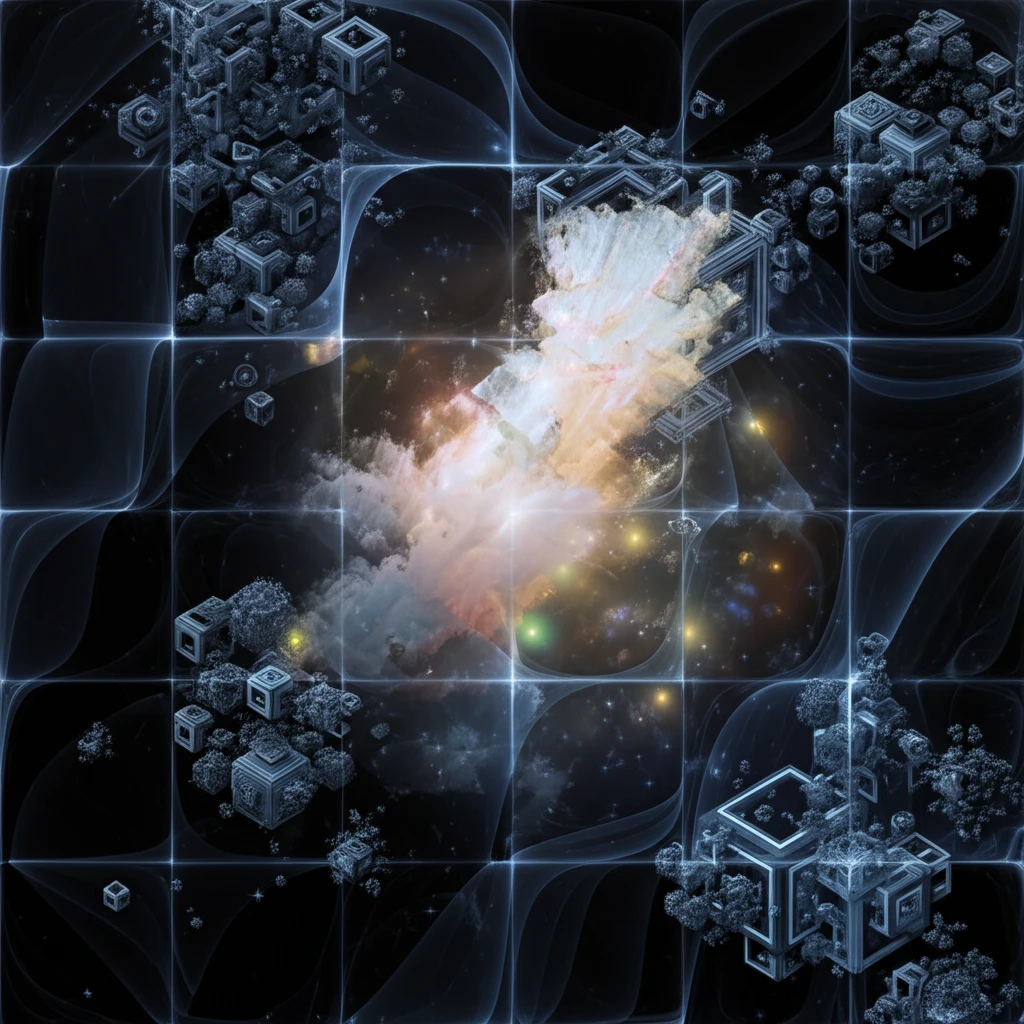
Unlocking the Secrets of Advanced Category Theory: What It Means for the Future of Abstraction
"Dive into the complex world of abelian 2-categories and discover how these mathematical structures are reshaping our understanding of abstract systems."
In the ever-evolving landscape of mathematics, the quest to abstract and generalize fundamental concepts is a driving force behind many breakthroughs. Category theory, a field dedicated to studying abstract structures and the relationships between them, has become increasingly vital. It provides a powerful framework for understanding complex systems across various disciplines, from physics to computer science.
This article delves into a specific area of category theory: abelian 2-categories. These sophisticated mathematical constructs are essentially higher-dimensional analogs of abelian categories, which are foundational in homological algebra. Researchers have been exploring different definitions and properties of abelian 2-categories, aiming to create a robust framework that captures the essence of 'abelianness' in a more abstract setting.
Our focus stems from Hiroyuki Nakaoka's comparative study of different definitions of abelian 2-categories. This research seeks to reconcile and unify various approaches proposed by mathematicians, particularly those of Nakaoka himself and Dupont. By comparing these definitions and their underlying arguments, we aim to shed light on the relationships between different classes of 2-categories and their potential applications.
The Essence of Abelian 2-Categories

To understand abelian 2-categories, it's helpful to first grasp the basics of category theory and abelian categories. A category consists of objects and morphisms (arrows) between these objects, satisfying certain composition laws. An abelian category is a special type of category with additional structure, allowing for concepts like kernels, cokernels, and exact sequences, which are crucial in homological algebra. Think of it as a playground where mathematicians can explore the deeper connections between different mathematical structures.
- Relatively exact 2-categories: Introduced by Nakaoka, aiming to provide a setting where homological algebra works effectively.
- (2-)abelian Gpd-categories: Defined by Dupont, focusing on categories enriched by groupoids.
- Abelian Gpd-categories: Another variation proposed by Dupont.
Why This Matters
The study of abelian 2-categories might seem esoteric, but it has significant implications for our understanding of abstract systems. By developing a robust and unified framework for these higher-dimensional categories, mathematicians can unlock new tools for tackling complex problems in various fields. Category theory has already found applications in areas like quantum physics, computer science, and even linguistics. As we continue to explore the depths of abstract mathematics, the potential for new discoveries and applications remains vast. This research paves the way for future investigations into the properties and applications of abelian 2-categories, potentially leading to breakthroughs in seemingly unrelated fields.
